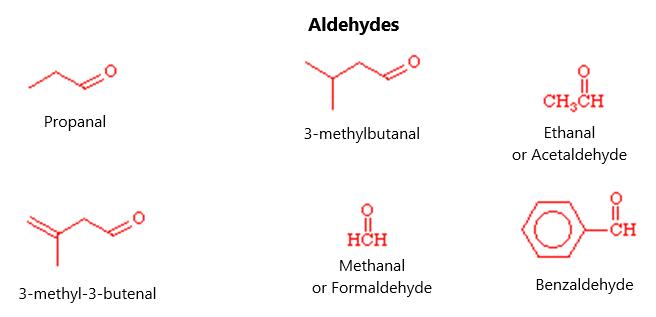CYCLOALKANES These are alkanes that form a ring structure. They have similar physical properties to straight-chain alkanes but will have greater numbers of London forces, causing higher densities, melting points, and boiling points than their straight counterpoints. These are saturated molecules and are nonpolar. Many are used in natural gas, kerosene, diesel, and motor fuels. There are four groups of cycloalkanes: •
Small rings—less than or equal to 4 carbon atoms, such as cyclopropane and cyclobutane
•
Common rings—5-7 carbon atoms, such as cyclopentane, cyclohexane, and cycloheptane
•
Medium rings—8-12 membered rings
•
Large rings—these are thirteen carbon atoms or higher
The chain can have alkyl groups attached to it. Cis-isomers will have the alkyl side chain on the same side of the chain, while trans isomers will have alkyl side chains on the opposite side of the chain. Like regular alkanes, the trend toward increasing boiling points and melting points increases with the number of carbon atoms. London dispersion forces are the attractive or repulsive forces between molecules or between parts of the same molecule. For cycloalkanes, these London dispersion forces refer to the repulsive forces between the molecules that cause ring strain. Ring strain occurs because the bond angle of 109.5 degrees, which is considered ideal, does not happen. Cyclopropane has the greatest ring strain because of a tight bond angle between carbon atoms (at 60 degrees to make a triangular molecule). The heat of combustion or delta H combustion will increase with the number of carbon atoms on the molecule. This change in heat of combustion reflects the amount of London dispersion forces in the molecule. The heat of combustion per CH2 will decrease as the molecular size increases in cycloalkanes because of a decrease in the ring strain.
62




























































